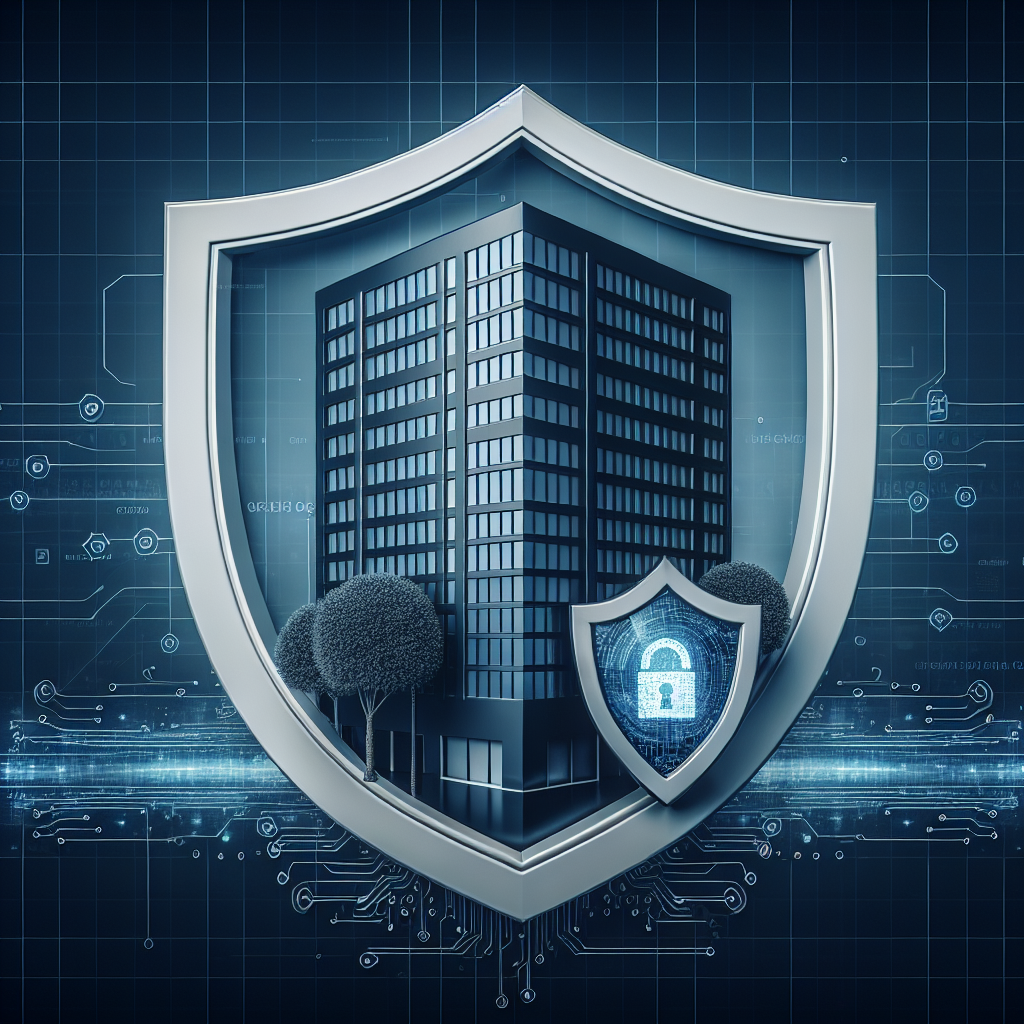
In the face of increasing cyber threats and unexpected operational disturbances, businesses must maintain a robust framework that ensures continued operations during crises. For insurance agencies, integrating cybersecurity measures into Business Continuity Planning (BCP) is more critical than ever. By doing so, agencies can significantly minimize downtime, protect sensitive data, and build resilience against various disruptions, from cyberattacks to natural disasters.
Business Continuity Planning is a structured approach that prepares organizations to maintain essential functions during and after a crisis. BCP encompasses risk assessments, resource allocations, and response strategies tailored to ensure the safety of employees and robust operations despite unforeseen events.
Here are some key aspects of BCP:
Incorporating cybersecurity into BCP is not just an addition to the framework; it’s a necessity. Cyber threats can disrupt operations, and having a plan to combat these risks can be the difference between a minor setback and a critical failure. Here’s how integrating cybersecurity into BCP can strengthen an organization:
Protection Against Data Breaches: Cyberattacks can lead to severe financial damage and loss of reputation. By embedding cybersecurity protocols in the BCP, organizations protect customer data and ensure compliance with regulations, which helps mitigate the risk of fines and lawsuits.
Minimized Downtime: Efficient cybersecurity measures facilitate a rapid response to threats, allowing businesses to maintain operational continuity. Through strategic planning and preventive measures, potential downtime due to cyber incidents can be drastically reduced.
Enhanced Employee Training: The human element remains a significant factor in cybersecurity. Incorporating training programs within the BCP helps employees recognize threats and respond appropriately, fostering a culture of security awareness.
Regulatory Compliance: Insurance agencies must adhere to various regulations concerning data protection. Integrating cybersecurity ensures that your BCP covers compliance requirements, enabling your agency to avoid legal repercussions and protect clients.
“Secure your agency now with a FREE Cyber Security Assessment! Identify your vulnerabilities before it’s too late. Click here to schedule: FREE Cyber Security Assessment 🔒”
Creating a resilient BCP that includes robust cybersecurity measures involves several critical steps. Here’s how you can get started:
Understanding the specific cyber threats your agency may face is the first step. Conduct a thorough assessment to identify vulnerabilities, potential attack vectors, and the impact a successful breach could have on your operations.
Establish a multi-layered security approach that includes firewalls, endpoint protection, email filtering, and intrusion detection systems. Each layer acts as a defense mechanism that collectively strengthens your overall security posture.
An effective incident response plan outlines the steps to take in case of a cyber incident. This includes defining roles and responsibilities, communication strategies, and recovery procedures. Regularly reviewing and practicing this plan ensures that every team member knows how to respond during a crisis.
Data backups are crucial in case of ransomware attacks or data loss. Regularly backing up data ensures that you can restore your systems to a functional state with minimal loss, enhancing business continuity and recovery efforts.
Conducting drills and simulations to test your BCP will help identify weaknesses in the plan. Without real-world testing, you may overlook critical flaws that could jeopardize your operations during an actual event.
Engaging employees in cybersecurity training promotes a proactive security culture. Conduct regular training sessions that educate staff about emerging cyber threats and effective reporting mechanisms.
Conclusion
The modern business landscape is fraught with challenges, particularly regarding cybersecurity threats. Integrating cybersecurity into your Business Continuity Planning is not just a strategic move; it is essential for ensuring the longevity and resilience of your insurance agency. By actively taking steps to protect your organization, you can secure sensitive information, maintain compliance, and keep your doors open during crises.
Don’t wait until it’s too late.
Take action today for your agency! Contact CyberFin for a consultation to strengthen your BCP and enhance your cybersecurity stance.
Visit us for more information: CyberFin Services
With the right preparation and strategic planning, your agency can thrive even in the face of adversity.